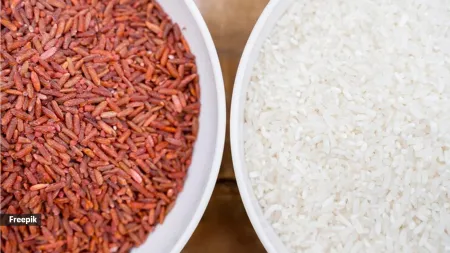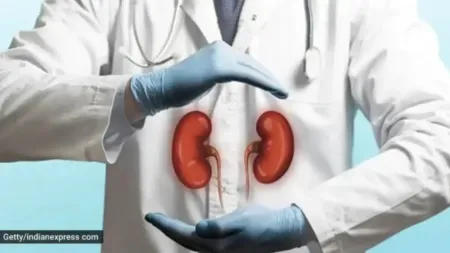Are all processed foods bad for you? Nutritionist breaks it down
When we think of processed foods, greasy chips and sugary sodas immediately come to mind. These pose definite health risks. But what if we told you not all processed foods are created equal? Nutritionist and weight loss coach Mohita Mascarhenas recently took to Instagram to break down the different types of processed foods and clear up the confusion surrounding them.
According to experts, “processed food” is a broad term encompassing any food item altered from its natural state. This can include food that’s “simply cut, washed, heated, pasteurised, canned, cooked, frozen, dried, dehydrated, mixed, or packaged,” as per WebMD. However, it goes beyond this, also including foods with added preservatives, nutrients, flavours, salts, sugars, or fats.

The general perception is that processed foods are unhealthy, but the reality is more nuanced. The Academy of Nutrition and Dietetics points out that almost every food item undergoes some processing nowadays to extend its shelf life. Therefore, understanding the type of processing a food has undergone is crucial before eliminating it from your diet.
Mascarhenas shared the four main categories of processed foods. “Our food travels globally,” she noted. “Processing ensures it survives the journey. However, ultra-processed foods are typically calorie-dense, nutrient-poor, and easy to overconsume.”
View this post on Instagram
A post shared by Mohita Mascarenhas | Nutritionist & Weight Loss Coach (@keeping_it_narrow)
Group 1: Minimally Processed Foods
This group includes fresh fruits, vegetables, dried fruits, frozen vegetables, nuts, lentils, fish, meat, and more. Processing here removes unwanted or inedible parts to make them suitable for consumption. Nothing is added during processing, and these ingredients are typically used in cooking meals.
Group 2: Processed Culinary Ingredients
This group includes cooking oils, butter, cream, sugar, honey, spices, salt, and so on, derived from pressing, refining, grinding, milling, or drying foods from Group 1. These ingredients are generally added to meals we cook daily.
Group 3: Processed Foods
This group includes canned foods, artisanal bread, cheese, wine, beer, and so on, processed using cooking oil, salt, sugar, or other items from groups 1 and 2. These foods may also undergo canning, pickling, smoking, curing, or fermentation before consumption.
Group 4: Ultra-processed Foods
This group comprises foods that undergo extensive manufacturing processes, often referred to as junk food. From breakfast cereals to instant noodles, packaged drinks, and more, these items are the result of formulations made through a series of processes, such as extraction or chemical modification of ingredients. These foods are particularly high in calories and unhealthy fats like trans fats, leading to various health problems.
Disclaimer: The copyright of this article belongs to the original author. Reposting this article is solely for the purpose of information dissemination and does not constitute any investment advice. If there is any infringement, please contact us immediately. We will make corrections or deletions as necessary. Thank you.





